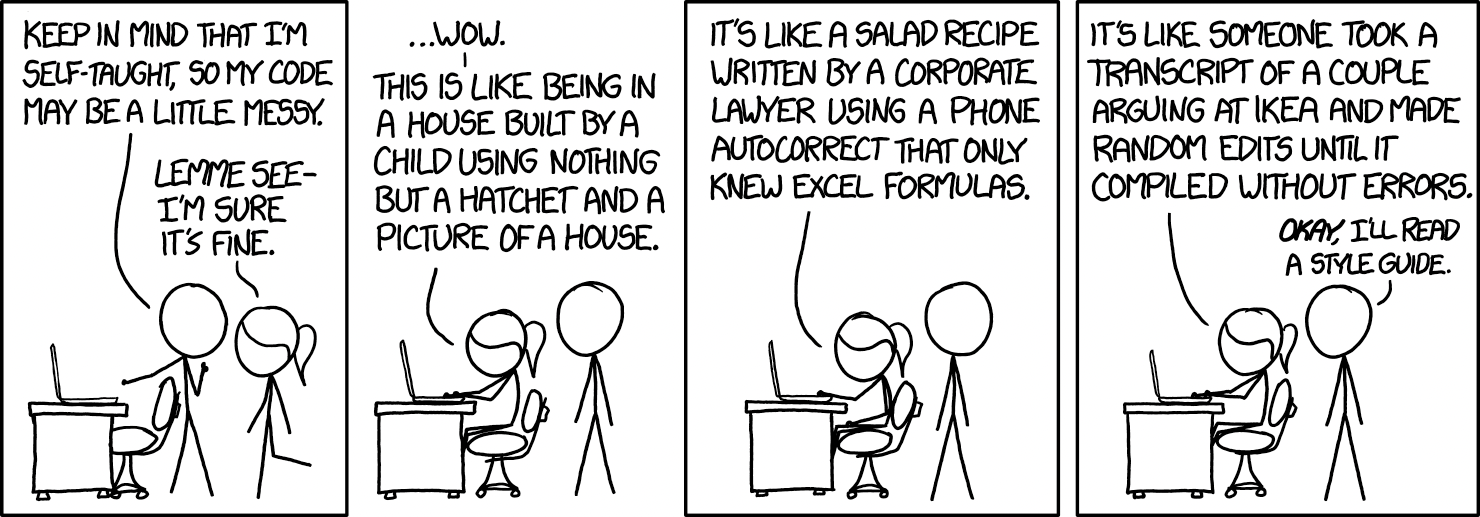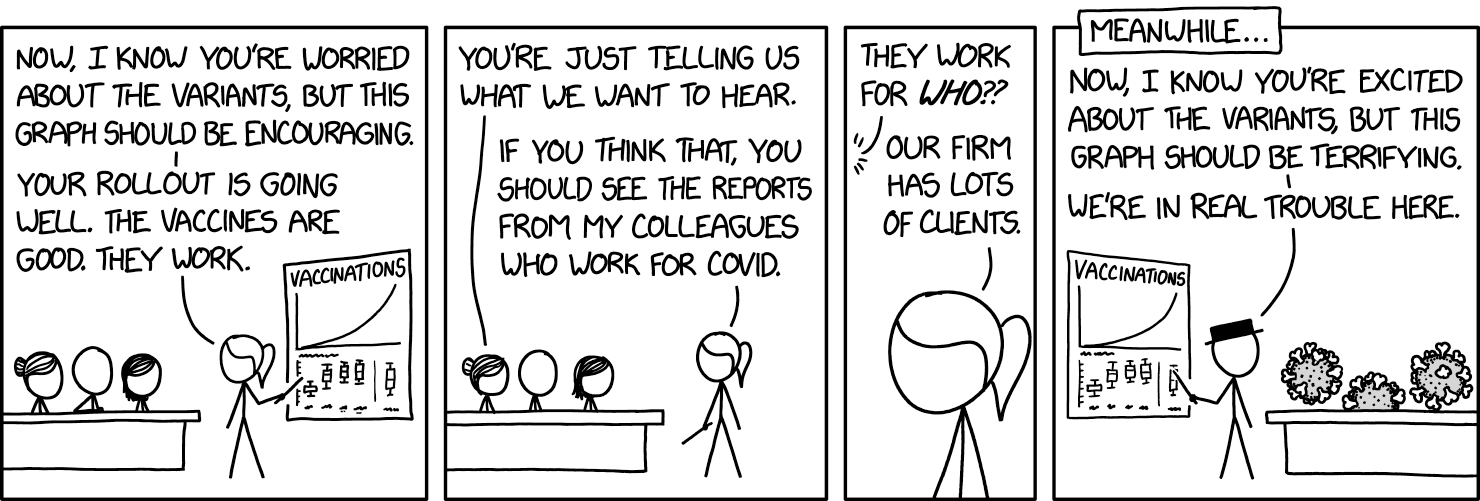tl;dr
Nail software delivery with these soft skills:
- ship quality work on time
- get the client’s true motivations
- present with impact
- keep relationships strong
- own your last delivery
- check in at 3/6 months
- and find hidden insights to stay their go-to partner.
Consulting is more than coding or designing apps. It's about people, trust, and delivering value that hits the client's goals. After years of working with clients, from startups to enterprises, we've learned that soft skills make the difference. It's not just about tech. It's about listening, communicating, and staying aware of what clients really need. These values are our hard-earned common sense, the standards we live by to keep clients happy. From shipping on time to uncovering hidden motivations, here's how we nail client delivery and manage expectations.
Release on time with expected quality control
First up, you have to deliver on time with the quality clients expect. This is the one technical must-have for consultants. Before anything else, presentations, relationships, you need to ship a product that works, meets requirements, and stays within budget and schedule. Miss this, and trust crumbles. Clients rely on timely, high-quality delivery to hit their goals, like launching a product to boost sales.
To get it right, start with a clear plan. Define timelines and quality standards in the contract, such as delivering a system by a set date with specific performance metrics. Break work into manageable chunks, like short Agile sprints, to ship pieces regularly and stay on track. Tools like project management software help monitor progress. For quality, use automated testing to catch issues early and involve clients in final testing to ensure the product feels right. If risks arise, like a delayed integration, flag them early and propose solutions. This transparency sets expectations and keeps everyone aligned.
This delivers value by driving client outcomes, like improved efficiency, and engages stakeholders by showing reliability. Watch how clients test the product. Their focus on certain features might hint at unstated priorities you can prioritize for extra impact.

Understand the client's motivation
Soft skills shine when you dig into why a client wants a project. Beyond the official goals or feature lists, there's a deeper motivation, like hitting a revenue target, impressing stakeholders, or a good will of accomplishing something. A small business might want to streamline operations to save costs, while a startup might aim to wow investors. These motivations vary by client type and can shift with market changes or new priorities.
To uncover this, ask questions early, like what success looks like for them. Keep checking in, as their why might evolve mid-project. This helps you deliver value by aligning work to their core goals. For example, if a client needs investor buzz, focus on a polished interface over backend tweaks. It also builds trust by showing you get their bigger picture, which is key to stakeholder engagement.
Manage expectations by clarifying what you can achieve toward their motivation. If their goal is ambitious, explain that the project lays the groundwork, with full impact coming later. Casual comments about new pressures, like a competitor's move, might reveal a shift you can address to stay relevant.
Know how to present your work
Great work doesn't speak for itself. You have to present it in a way that resonates. As a consultant, you bridge your team's perspective with the client's, tying your deliverables to their motivations. A strong presentation shows how your work drives their goals, like saving time or boosting revenue.
Tailor your approach to the audience. For leaders, highlight business wins, such as how a feature improves efficiencyAng efficiency. For technical teams, dive into details, like system optimizations. Use visuals, charts or screenshots, to make progress clear. Tools like data visualization software can create compelling KPI displays. Frame updates as a story: you solved their problem, and here's the result.
Prepare thoroughly for demos, testing everything to avoid glitches. Anticipate questions and set expectations by explaining what's ready and what's next. This delivers value by making your work tangible and keeps stakeholders engaged by building confidence. Note reactions during presentations. Excitement or confusion might point to unstated priorities you can explore.

Maintain relationships with the client team
Relationships are the backbone of consulting, but they're tricky to balance. You need to stay professional while building trust to remain their go-to team. This is stakeholder engagement at its best: creating open communication so feedback flows and issues get resolved, all while delivering value by making clients feel valued.
Regular check-ins, like weekly calls or updates, keep everyone aligned. Tailor your style. Give business folks high-level progress and tech teams specifics. Show empathy: acknowledge their challenges, like a tight schedule, and offer solutions. Be reliable on small promises, like delivering a report on time. If something goes wrong, own it and share a fix plan. This transparency manages expectations and builds trust.
Celebrate shared wins, like a successful launch, and give credit to their input. Post-project, keep the connection alive with follow-ups or support. Informal chats might reveal pain points, like a slow process, that you can address later to strengthen the partnership.
You are as good as your last delivery
Clients judge you by your latest work. One stellar delivery, and you're their hero. One flop, and their trust takes a hit, no matter your track record. This is about delivering value consistently. Every project must move the needle on their goals. It's also stakeholder engagement, as each delivery shapes their confidence in you.
Treat every project as a chance to prove yourself. Focus on quality through rigorous testing and early client feedback. Learn from past projects: if a previous client loved your clear process, repeat it. If something failed, like misaligned goals, fix it with better planning. Document lessons in a shared tool to avoid mistakes. Add small, scoped extras, like a minor feature, to impress, but clarify it's a one-off to manage expectations.
Ask about the last delivery. What clients valued most, like quick responses or a specific feature, can guide future work to keep your reputation strong.
More at: Your last work is what counts
Per delivery, 3 months and 6 months
Clients don't stop evaluating you at launch. They review your work at 3 and 6 months, especially when assessing a feature's impact or their team's performance. Even if monthly check-ins sound positive, these deeper reviews scrutinize everything. If the results fall short, like a launch that didn't deliver expected growth, they'll rethink the project, and consultants often take the most heat.
Plan for these reviews upfront, noting them in the contract. Use surveys or discussions to gauge satisfaction and track metrics, like user adoption, against goals. Share a concise report, such as hitting a target increase in efficiency. If issues arise, like low feature use, suggest fixes but clarify new work needs a separate budget. This delivers value by proving lasting impact and keeps stakeholders engaged by showing ongoing care.
New stakeholders or market shifts might surface at these reviews. Asking if priorities have changed can uncover opportunities for future work.
Look for hidden insights you never know
The best consultants find what clients don't say out loud. Their motivations shift with markets, leadership changes, or new challenges, and spotting these insights sets you apart. This delivers value by solving unstated problems, like a feature that boosts efficiency. It's also stakeholder engagement, proving you're proactive and aiming to be their trusted partner.
Ask open questions, like what slows their team down. Track product usage with analytics tools to see what's loved or ignored. Stay informed about their industry through news or trends, and suggest relevant ideas, like a new tool others in their field use. Keep suggestions low-pressure to manage expectations. Log insights in a shared tool and share the best ones, such as a tweak to improve engagement.
Track your wins, like a feature clients praised, as proof of your value, especially if their team changes. These insights make you indispensable by showing you think beyond the brief.
Bringing it all together
These values, delivering on time with quality, understanding motivations, presenting well, building relationships, owning your last delivery, reviewing at 3 and 6 months, and seeking hidden insights, are the core of consulting. They're rooted in soft skills and awareness, not just technical know-how. Set clear expectations, tie your work to their goals, be upfront about challenges, and listen for what's unsaid. That's how you deliver value, keep stakeholders happy, and manage expectations like a pro.
Consulting is about trust. Every timely delivery, sharp presentation, and thoughtful check-in shows you're in it for their success. Those hidden insights? They're what make clients say, "These folks get us." Stick to these standards, and you'll be their first call, every time.
